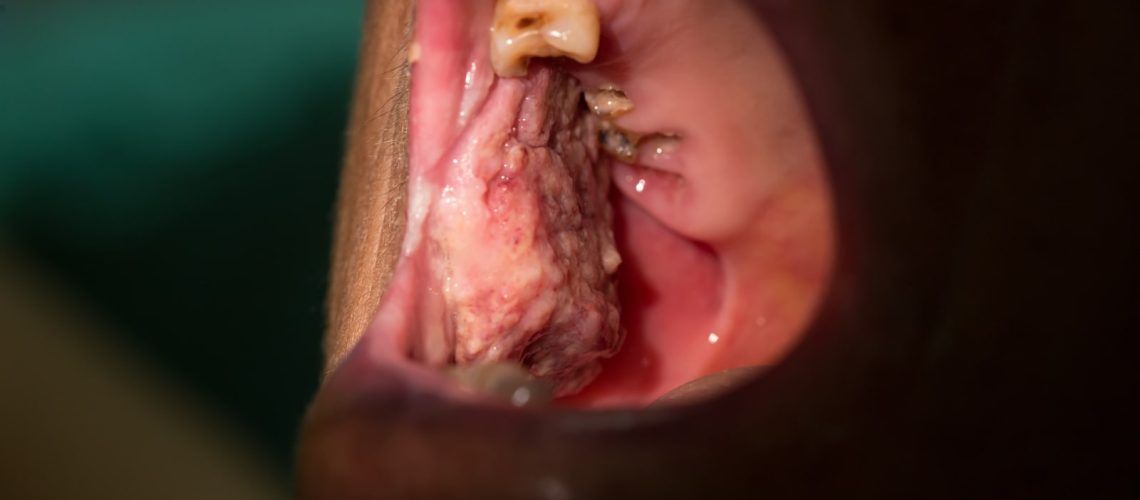During your regular check-ups at the dental office, they perform several checks. It’s common knowledge that these experts check for gum disease, tooth decay, and other typical oral health concerns. Less well-known is that these professionals also check for signs of oral cancer during these visits. They often are the only ones performing checks in this area and are the vanguard against tragedy when it appears. Oral cancer is known to be quite treatable when caught in its earliest stages. As it advances, however, it can be challenging to manage. This is why oral cancer screening is integral to every dental visit.
How Your Dentist Identifies Oral Cancer
During your examination, the dentist will employ various tools and specifications to help identify oral cancer. When they suspect this disease may be a concern, there are steps they’ll take to help. This process may involve working with other medical professionals to get a complete diagnosis and begin treatment. The most common indicators of oral cancer are discoloration in the oral tissues and polyps that form in the mucous membranes. In the course of battling oral cancer, you may undergo one or all of the following:
- Testing for HPV – HPV has been implicated as the cause of a range of oral cancers. So much so that the absence of HPV can eliminate certain forms of oral cancer.
- Oral Brush Biopsies – Using a special tool, your dentist will extract a small tissue sample from the suspect area. This will be sent to a medical lab to determine if cancer is present.
- Barium Swallowing Tests – Barium is a material that shows up on an X-ray. You may be given a fluid containing this substance to swallow while an x-ray is being taken. This can reveal the presence of unusual growths within the throat.
- Endoscopies – This examination uses a tube with a camera secured to view hard-to-reach areas. This can include the throat, nasal cavities, and hard-to-reach areas of the mouth.
These are just some of the tests that you may undergo in the course of battling cancer. They are often used with other forms of imaging, including CAT Scans and MRIs. These tests aim to determine whether cancer is present, its current state, and how aggressive it is. With this information, an effective treatment plan can be developed to help you make it through and become a survivor.
The Different Types of Oral Cancer
There are a variety of types of cancer that can develop within your oral cavity. One of the most prominent is lymphoma, which develops inside the lymph nodes in your mouth. Sarcomas are cancer impacting fibrous tissues, fat, nerves, and blood vessels within the oral cavity. Mucosal melanoma also develops within the mucous membranes found inside the oral cavity. While dangerous, these cancers can often be quickly and effectively treated during your earliest stages, ensuring they don’t advance and become life-threatening. Keeping up with your dental visits is essential to ensuring lasting oral health.



